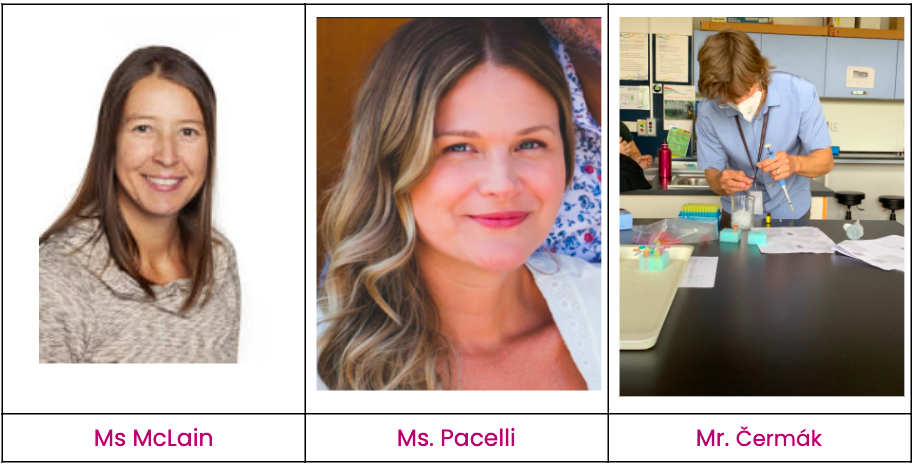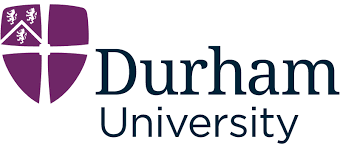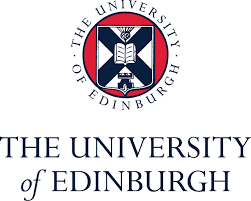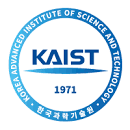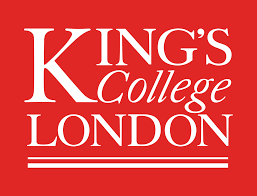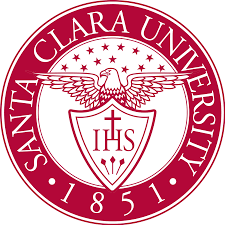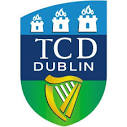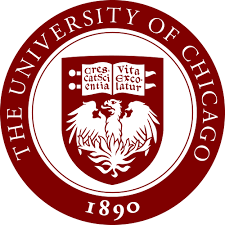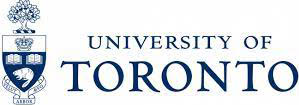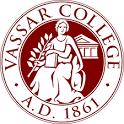
Following their long stint in Distance Learning, our young scientists across the school are greatly appreciating the time to do labs together. Grade 11 Biology students were fully engaged this week in their Genetics Unit, as they further developed their skills as scientists through practical, real world applications. Guided by their teachers, Ms. McLain, Ms. Pacelli, and Mr. Čermák, the students first did a Bacterial Transformation Lab and then a Crime Scene analysis.
Bacterial Transformation Lab
In IB Biology, students need to be able to outline the procedures to make genetically modified bacteria and to isolate that bacteria using markers such as the GFP (green fluorescent protein). This technology is used widely in research laboratories to study gene expression in a number of organisms. It is also used to commercially manufacture important proteins such as insulin and human growth hormone.In this practical application, students learned how to genetically modify bacteria with a bioluminescent jellyfish gene from Aequorea victoria. The bacteria that took up the DNA were able to make a green fluorescent protein, which allowed it to glow a brilliant green color under ultraviolet light, as you can see in the pictures below.
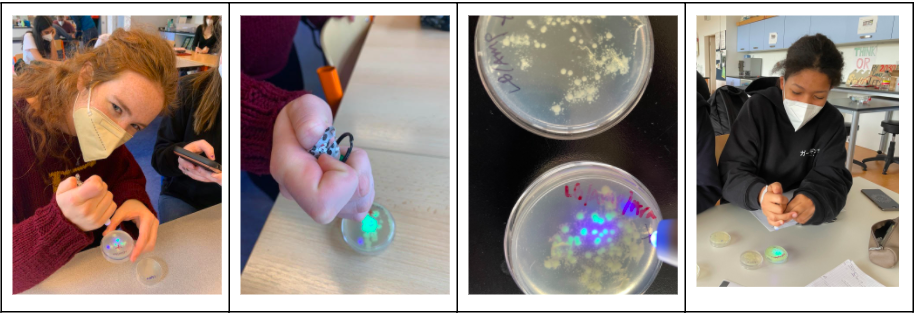
Through both of the practical labs, loading the gels is a skill that takes a steady hand, focus and practice with the equipment as you can see below
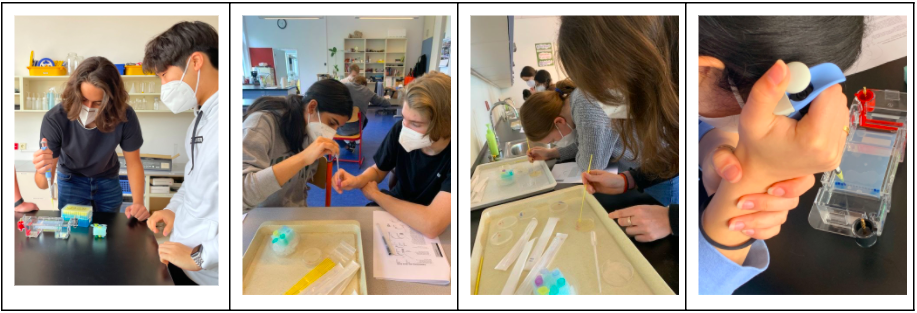
Forensic Scientists
DNA fingerprinting is now used routinely to solve crimes. In recent years, news stories have reported how miniscule amounts of DNA have been used to identify individuals involved in incidents even many years in the past, as well as exonerate innocent people from incrimination.
Bio students learned about how restriction enzymes cleave DNA, how electrophoresis is used to separate and visualize DNA fragments, and how these techniques can be combined to obtain a DNA fingerprint. Playing the role of a forensic scientist, students needed to make a positive identification, using real DNA as evidence to figure out for themselves: “Who done it?”
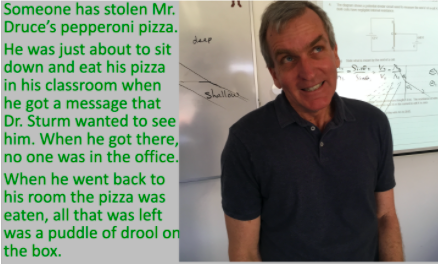
In Ms. McLain’s class, the students used an ISP Crime Scene of Mr. Druce’s missing pizza. See more details here about the potential suspects. Below are students involved in the applied forensic work of what they’d learned about gel electrophoresis, PCR, and DNA profiling.
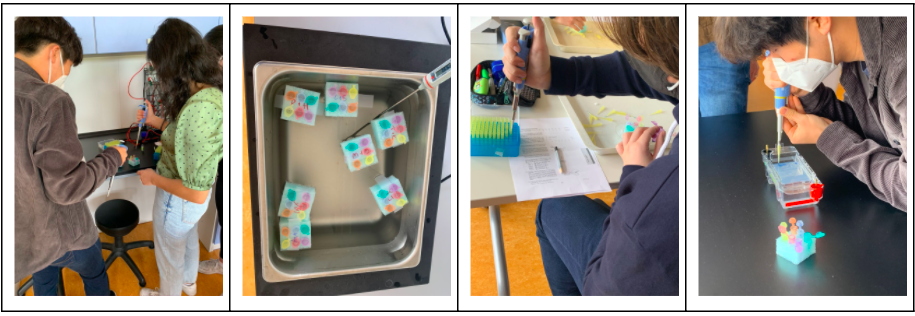
In Ms. Pacelli’s class, students looked at an racial biassed historical case where a black man (Anderson) was accused of a crime, convicted and sentenced to 210 years in prison. Even after another person admitted to the crime under oath, the judge refused to dismiss the conviction. The simulation was set as follows:
Now that DNA testing is available, his lawyers would like for us to reopen the case. In this activity, you will analyze six different samples: One sample collected from the “crime scene” and five samples obtained from “suspects” are digested with two restriction enzymes. The resulting DNA fragments are separated and visualized in agarose gels. Based on the restriction fragment patterns, you will compare the evidence and match one of the suspects’ DNA to the sample collected at the crime scene.
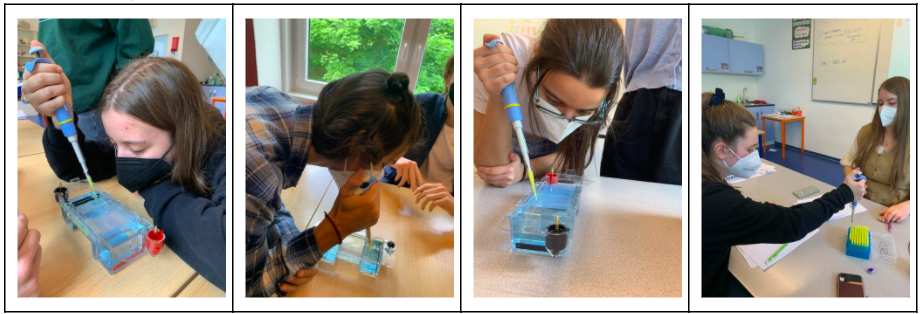
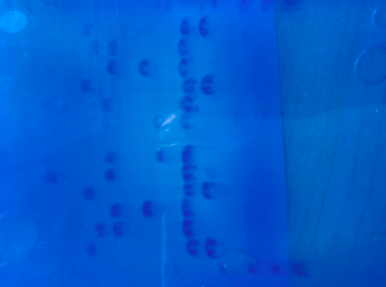
The power of simulations is that students have an authentic context which results in deeper learning because they’re able to apply the theoretical knowledge they’ve learned. And of course, scientists have to develop an extensive set of lab skills with a wide variety of tools. Such learning can only happen by doing detailed laboratory experiments. (See result to left from one of the groups)
Upper School Bio Team
